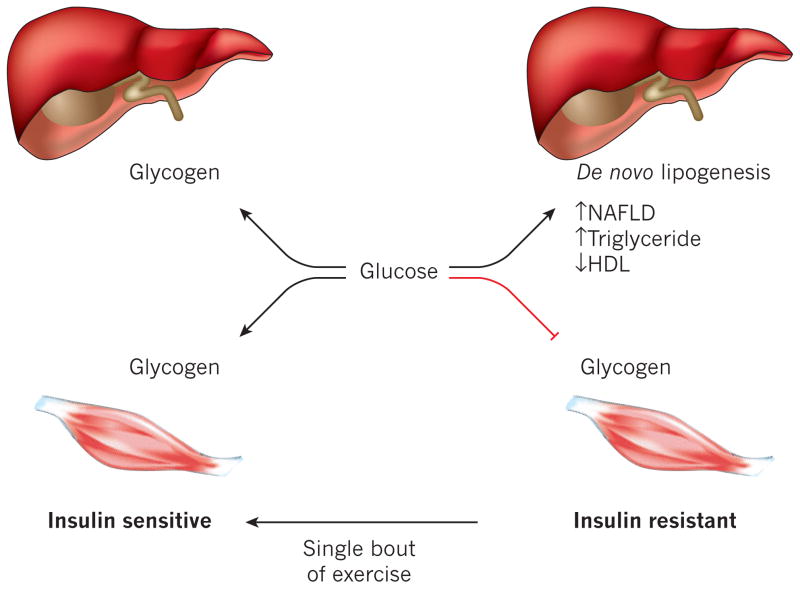Figure 3. Mechanism by which selective skeletal muscle insulin resistance contributes to hepatic insulin resistance.
In insulin-sensitive subjects, insulin stimulates glycogen synthesis in both liver and muscle; however, in those with skeletal muscle insulin resistance, insulin fails to promote glycogen synthesis, diverting substrate to de novo lipogenesis. Increased lipid synthesis in patients with muscle insulin resistance thus produces non-alcoholic fatty liver disease (NAFLD), with increased triglyceride and reduced high-density lipoprotein (HDL) export from the liver. However, these defects in muscle insulin signalling can be reversed by a single 45 minute bout of exercise.

